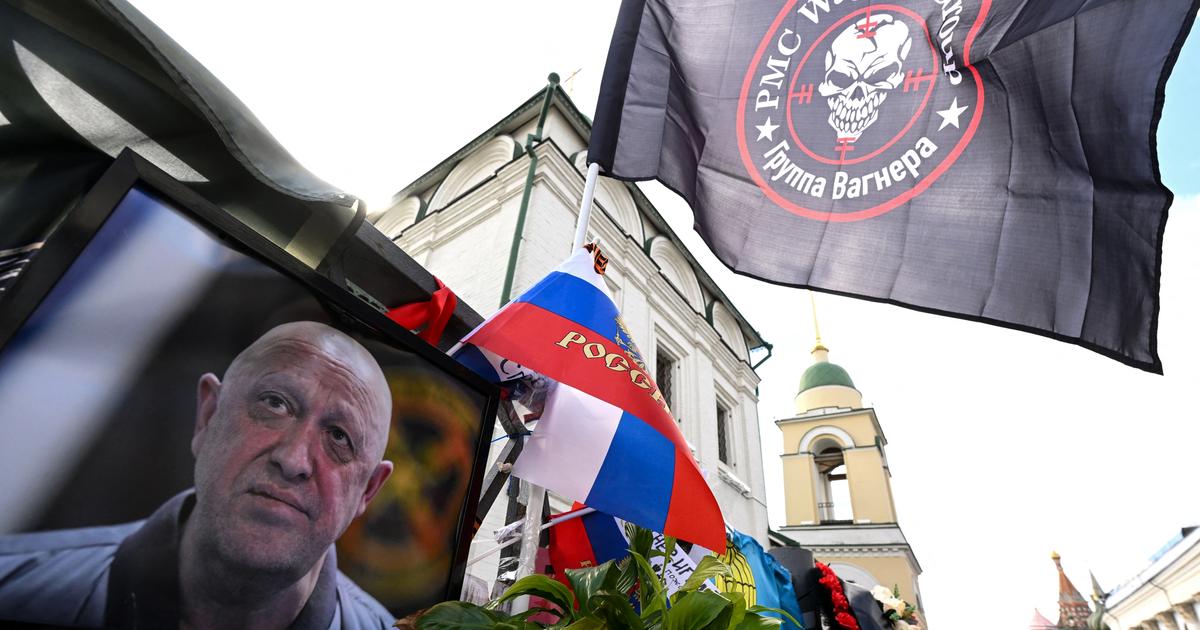The Punic Wars -there were three- involved a long and fierce war (from 264 to 146 BC) between Rome and Carthage for control of the western Mediterranean.
The Iberian city of Cástulo (in the vicinity of present-day Linares, Jaén) became one of the scenes of this merciless struggle between the two powers, Iberia being the main one in the first phase of the Second Punic War.
On one side, the troops of the Carthaginian general Hasdrubal;
on the other, the armies of the brothers Publius and Gnaeus Cornelius Scipio.
In 1976, in the so-called Estacar de Robarinas, a slate plate engraved on both sides was found in what seemed to be the tomb of a destroyed warrior.
In one of them, a rider can be seen holding two spears and riding a horse saddled with a leopard skin.
Now the studio
An African horseman in Cástulo
, by UNED Ancient History professor Sabino Perea Yébenes, published in the
Rivista della Scuola Archeologica Italiana di Cartagine
, proposes the possibility that it is a representation of a North African horseman who fought in Cástulo, one of those whose javelins, the author notes, caused a fatal wound in 211 BC.
C to Publius Cornelius, according to ancient sources.
More information
The war criminal was called Quinto Fabio Máximo Serviliano
The fearsome African cavalry, made up of Numidians and Mauritanians, formed part of the Carthaginian armies in this war.
It is known that as soon as he arrived in the Iberian Peninsula, the great strategist Hannibal demanded this type of troops from Carthage to defeat the Romans.
They sent him a contingent of 1,800 men, who went into action in 215 BC.
C. and they fought Rome together with Iberians and Punics.
Perea recalls that these riders "got into the thick of the fight by jumping between two horses."
Four years later, his fierceness forced Publius Scipio to take refuge in Cástulo and his brother Cneo to escape to a fortified tower in Orso or Urso (present-day Osuna, Seville), which his enemies set on fire and caused his burning death.
When Hannibal headed for Italy, he left his brother Hasdrubal at the head of the army of Hispania "with many ships and troops of Iberians and Africans".
In total, according to the Roman historian Tito Livio, “11,850 infants from Africa, 300 Ligurians, 500 from the Balearic Islands;
In addition, as reinforcements for the infantry, 450 Libyan Phoenician horsemen, a half Phoenician half African race, and up to 8,000 Numidians and Moors from the shores of the Ocean”.
Castulo slate found in Linares in 1976. Junta de Andalucía
The horseman's piece was found broken into four pieces in a necropolis dedicated exclusively to warrior tombs, a place where numerous swords and daggers were also found.
All weapons had been ritually folded or broken to prevent second use.
The slate - a square 18 centimeters on each side - was also in a "terrible state, very fragile."
Archaeologists who found it in 1976 thought it was the work of a local artist who had copied a drawing from a Greek vase.
However, in 1983, the historian Antonio Blanco Freijero analyzed the piece and interpreted it, this time, as an "Iberian horseman", but not North African.
It was not studied again for the next forty years "despite its unquestionable interest," says Perea.
However, the new study points out that it is neither a "Turdetan prince nor a local aristocrat fond of hunting as Blanco Freijeiro suggested, but an African warrior, one of the many who acted in the wars waged on the peninsula. Iberia in the early phases of the Second Punic War.
The image, being “framed” between two vertical lines and one horizontal, can be considered the “individual portrait” of a warrior who “is posing, since the horse is standing still, with its right leg elegantly raised.
The same goes for the rider, who shows a calm demeanor.
He is not in combat, nor parading, but allowing himself to be photographed ”.
The rider looks straight ahead, at the viewer, an unusual perspective, says Perea Yébenes.
It is also an improvised drawing, since some of the strokes present rectifications.
Still, in its simplicity, it "reflects quite a bit of technical skill, with great concern for displaying detail."
The knight dresses, as can be seen on the blackboard, lightly, with a wide, billowing cloak, and a short tunic or chlamys.
His legs and arms are bare and his feet are bare.
His head shows a mane knotted behind.
His hands hold two spears, characteristic weapons of Africans, Mauritanians or Numidians.
The horse's head is almost completely missing and only the muzzle and part of the reins remain.
It is well drawn “with almost perfect proportions”.
His saddle is a leopard skin, as evidenced by some spots and the visible claws on the limbs.
The saddle does not fit stirrups, since they were unknown in Roman times.
What he did carry was a headpiece on his head to place a decorative plume.
Iberian horse with harness and saddle found in the sanctuary of El Cigarralejo (Murcia). Lillo Carpio et alii.
The spears held by the horseman in the portrait were very appropriate in his country of origin, says the study, since they were mostly flat areas, "where this type of warrior moved with three spears and stones in leather bags."
They did not use swords, helmets or any other type of weaponry, “since their objective was to excel with the agility of movement in the pursuit and then in the retreat.
The points of their javelins could be impregnated with poisonous substances.
For this reason, the African horsemen never formed a shock force, because their tactic consisted of dashing towards the enemy until they came within a few meters of him, throwing their javelins, and then withdrawing.
Their objective was to provoke skirmishes and to be tireless in chasing down enemies in disarray.
Therefore, says the researcher, "the rider from Cástulo is undoubtedly African."
Perea dates the plate to the end of the 3rd century BC.
C. and believes that the warrior reflected in it "possibly he was one of those who besieged the fort of Cástulo, in Roman hands in the summer of 212 a.
C”.
“During the siege”, continues the author, following the story of Tito Livio, “when the Romans were about to win, Masinissa's Numidian cavalry arrived, managing to tip the scales in favor of the Carthaginians, killing Scipio, who He died near Cástulo, in one of the skirmishes, when an [enemy] spear was stabbed into his thigh, causing a mortal wound.
A spear thrown by a Numidian horseman like the one in the portrait?
It's possible".
Subscribe to continue reading
Read without limits
Keep reading
I'm already a subscriber

/cloudfront-eu-central-1.images.arcpublishing.com/prisa/ABHYQ55FRRASNFJM6MUCRXQPLE.png)












